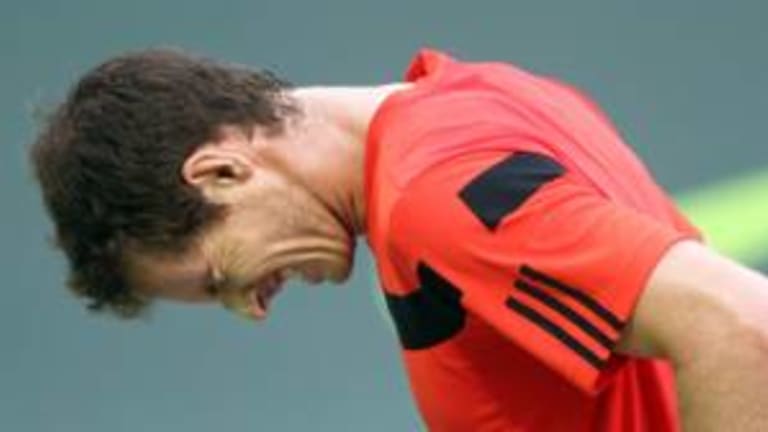Those hoping to push into the ATP Top 10 may scatter like so many pigeons when the ground begins to shake from the footsteps of Rafael Nadal and Novak Djokovic, but after a few days of tennis in this new season, there’s reason to speculate that this will be a year of change.
You wouldn’t exactly say the revolution is underway based on the scant evidence of a few days, but losses by Andy Murray, Tomas Berdych, and David Ferrer (all in Doha), plus the likes of Fernando Verdasco, Philipp Kohlschreiber, and others falling elsewhere suggest that things could get a little western right below the very top tier. After all, Verdasco was once ranked as high as No. 7 and he’s still just 30, a spring chicken by today’s standards in the ATP.
And is it an ominous sign for the status quo that Stanislas Wawrinka, top-seeded in Chennai, began his 2014 campaign by mercilessly crushing Benjamin Becker in 6-3. 6-1?
But let’s not get ahead of ourselves.
The biggest upsets thus far have clearly come out of Doha. Forgive me for being a skeptic, but the tournament is an ATP 250 that has the blessing of the powers that be to dole out substantial appearance fees. Given that the tournament is played in an oil-rich desert kingdom, we can assume that the amounts lavished on the players have to be taken off-site in wheelbarrow rather than a wallet.
But still, the losses by Ferrer, Murray, and Berdych—three of the Top 10—may prove prophetic.
At No. 3, Ferrer is the highest if not most convincingly ranked. He’s also closing fast on 32 years of age, and his effortful, stamina- and concentration-heavy game doesn’t age gracefully. Although he finished strong last year, reaching the finals of his last three regular-season tournaments (including one Masters 1000), Ferrer experienced some puzzling, seemingly age-related bad days in 2013. His loss to Daniel Brands in Doha may be the canary in the mine.
Then there’s Murray. The reigning Wimbledon champ pulled the plug on 2013 following the U.S. Open in order to have minor surgery on his back. If he sticks to his published schedule, he’ll have played exactly two competitive singles match in a tournament since Wawrinka (there’s that name again!) blew him out in the quarterfinals of Flushing Meadows.
One match was his three-set loss to Florian Mayer, during which Murray led 6-3, 3-0. The other? A not-so-competitive love-and-love humiliation of a sacrificial wild card in the first round at Doha, ATP No. 2,129 Mousa Shanan Zaved.
Murray could console himself with the fact that world No. 1 Rafael Nadal, in his own comeback tournament last year at Vina del Mar, lost to 73rd-ranked Horacio Zeballos. What Murray will not want to dwell upon is that Nadal’s match was a final; he had salted away three impressive wins rolling into it.
